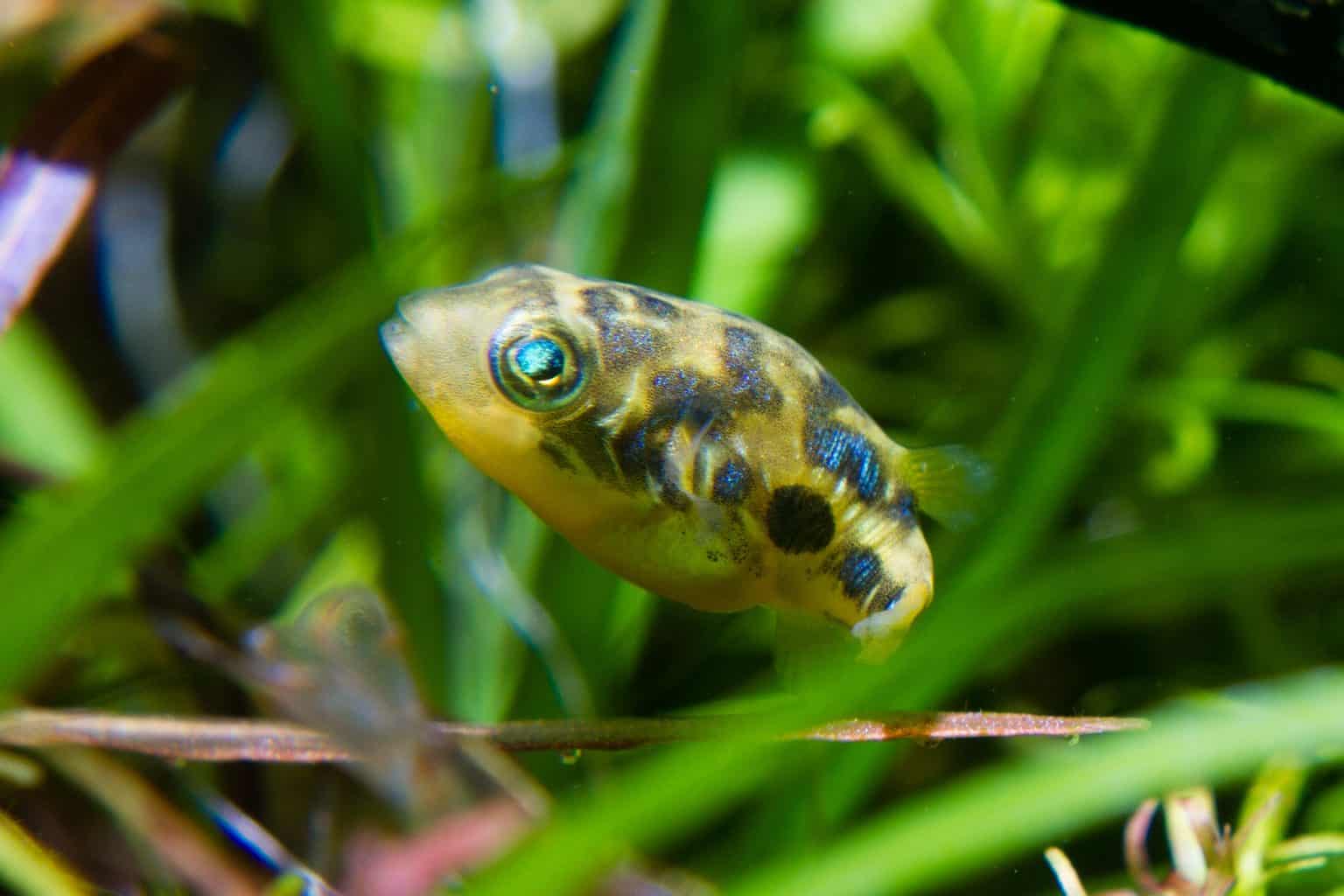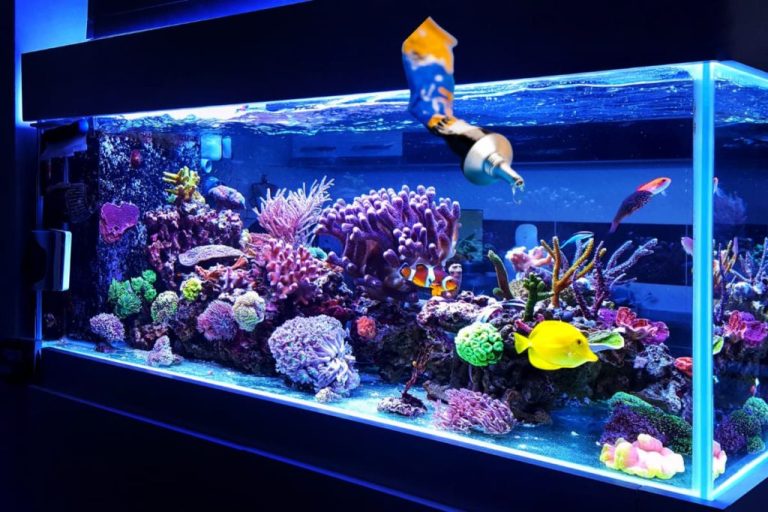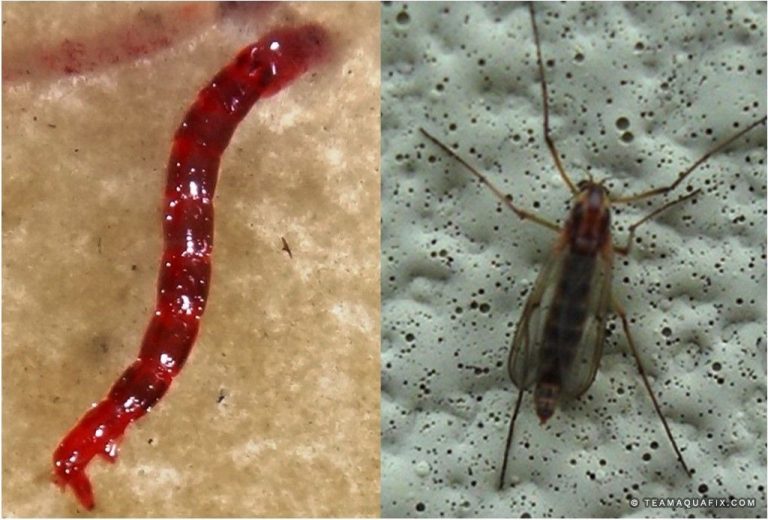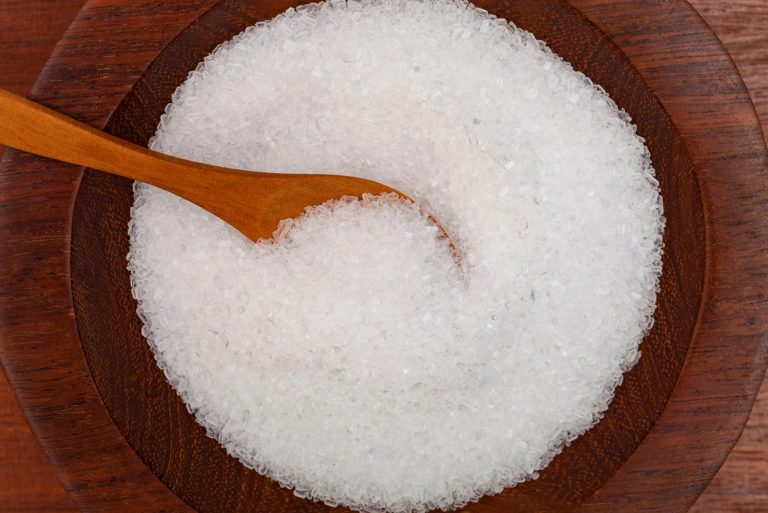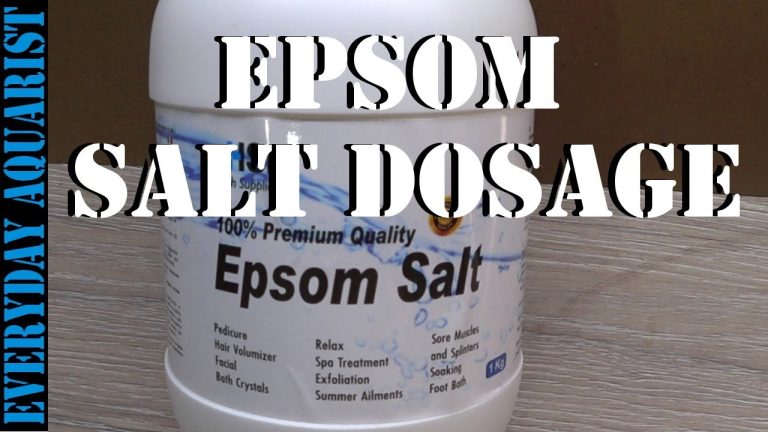Pea Puffer Tank Mates
Pea Puffer Tank Mates: A Guide to Choosing the Right Companions
Are you a proud owner of a pea puffer? Looking to add some tank mates for your tiny aquatic friend? Look no further! In this article, we’ll explore the world of pea puffer tank mates and help you make informed decisions about which companions are suitable for your pea puffer.
Pea puffers, also known as dwarf or pygmy puffers, are adorable little freshwater fish that are native to South Asia. These tiny puffers are highly sought after by aquarium enthusiasts, thanks to their vibrant colors and quirky personalities. However, when it comes to tank mates, pea puffers can be a bit picky. They are known for their aggressive behavior and have specific requirements that need to be met for a successful tank setup.
In this guide, we’ll walk you through the process of selecting appropriate tank mates for your pea puffer, ensuring a harmonious and stress-free aquarium environment.
Understanding the Behavior of Pea Puffers
Before we dive into discussing pea puffer tank mates, it’s essential to understand the natural behavior of these fish. Pea puffers are territorial and have a strong instinct to hunt. They are known for their ability to inflate their bodies by swallowing water, making it difficult for other fish to eat them. While they may not pose a threat to larger fish, they can become aggressive towards smaller tank mates.
Pea puffers are also known to be solitary creatures, preferring to live on their own rather than in a school. Therefore, it’s crucial to keep these factors in mind when considering potential companions for your pea puffer.
Choosing Suitable Pea Puffer Tank Mates
Now that we have a better understanding of pea puffer behavior, let’s explore some suitable tank mate options:
1. Snails: Snails, such as Malaysian Trumpet Snails and Nerite Snails, make excellent companions for pea puffers. They are peaceful, slow-moving creatures that won’t trigger the puffer’s aggressive instincts. Additionally, snails help keep the tank clean by consuming algae and decaying matter.
2. Shrimp: Another popular choice for pea puffer tanks is shrimp. Amano shrimp, Cherry shrimp, and Ghost shrimp are all suitable options. These small crustaceans not only add visual appeal to the tank but also serve as live food for the puffers. Be aware, however, that pea puffers may occasionally snack on shrimp, so it’s essential to monitor their interactions closely.
3. Small Rasboras and Tetras: If you’re looking to add some schooling fish to your pea puffer tank, consider small rasboras or tetras. Species like Ember Tetras, Chili Rasboras, and Celestial Pearl Danios are excellent choices. These fish are peaceful and fast enough to avoid aggression from the pea puffers.
4. Dwarf Corydoras: Dwarf Corydoras, such as Pygmy Corydoras or Panda Corydoras, are bottom-dwelling fish that can coexist peacefully with pea puffers. They are small, peaceful, and won’t disturb the puffer’s territory. These catfishes are known for their playful nature, making them a delightful addition to your tank.
5. Avoid Other Puffer Species: While it may be tempting to keep multiple species of puffers together, it’s generally not advisable. Different puffer species have different care requirements and behaviors, often leading to aggression and territorial disputes. It’s best to stick to a single pea puffer or explore other suitable tank mates.
Tips for Introducing Tank Mates to Your Pea Puffer
When introducing new tank mates to an existing pea puffer setup, it’s crucial to follow a few steps for a successful integration:
1. Quarantine New Fish: Before introducing any new fish to your tank, it’s essential to quarantine them for a few weeks. This helps prevent the introduction of diseases or parasites that can harm your pea puffer.
2. Gradual Introduction: When the quarantine period is over, it’s time to introduce the new fish to the pea puffer tank. Start by placing the new fish in a separate container within the tank, allowing the puffer and the new fish to observe each other without direct physical contact. This helps reduce aggression and allows them to get used to each other’s presence.
3. Monitoring Behavior: Once the fish have become familiar with each other, it’s time to release them into the tank. Monitor their behavior closely for any signs of aggression or stress. If necessary, provide hiding spots or decorations that create separate territories for each fish.
4. Feeding Schedule: One effective way to minimize aggression among tank mates is to ensure everyone is well-fed. Pea puffers have a voracious appetite and require a protein-rich diet. Feed your puffer adequately to minimize the chances of it preying on other tank mates.
By following these steps and providing a suitable environment, you can increase the chances of a successful tank setup with pea puffer tank mates.
Frequently Asked Questions
1: Can I keep pea puffers with goldfish?
No, it’s not recommended to keep pea puffers with goldfish. Goldfish are coldwater fish and have different dietary and environmental requirements compared to pea puffers. Moreover, goldfish tend to be much larger and may pose a threat to the puffers.
2: Can pea puffers live with bettas?
While it’s technically possible to keep pea puffers with bettas, it’s not an ideal pairing. Betta fish can be aggressive towards tank mates, especially those with vibrant colors or flowing fins, which could trigger their territorial instincts. It’s best to avoid keeping pea puffers and bettas together.
3: Do pea puffers require a heavily planted tank?
While pea puffers appreciate the presence of plants in their tank, a heavily planted tank is not a necessity. It’s essential to strike a balance between open swimming spaces and hiding spots to cater to the puffer’s territorial behavior.
Final Thoughts
Choosing suitable tank mates for your pea puffer requires careful consideration of their behavior, size, and compatibility. Snails, shrimp, small rasboras or tetras, and dwarf corydoras are all excellent options that can coexist peacefully with pea puffers. However, it’s important to note that each fish has its own unique personality, so it’s essential to monitor their interactions closely and be prepared to make adjustments if needed.
By creating a well-planned and harmonious tank environment, you can provide a stress-free and enriching experience for both your pea puffer and its companions. Happy fishkeeping!
